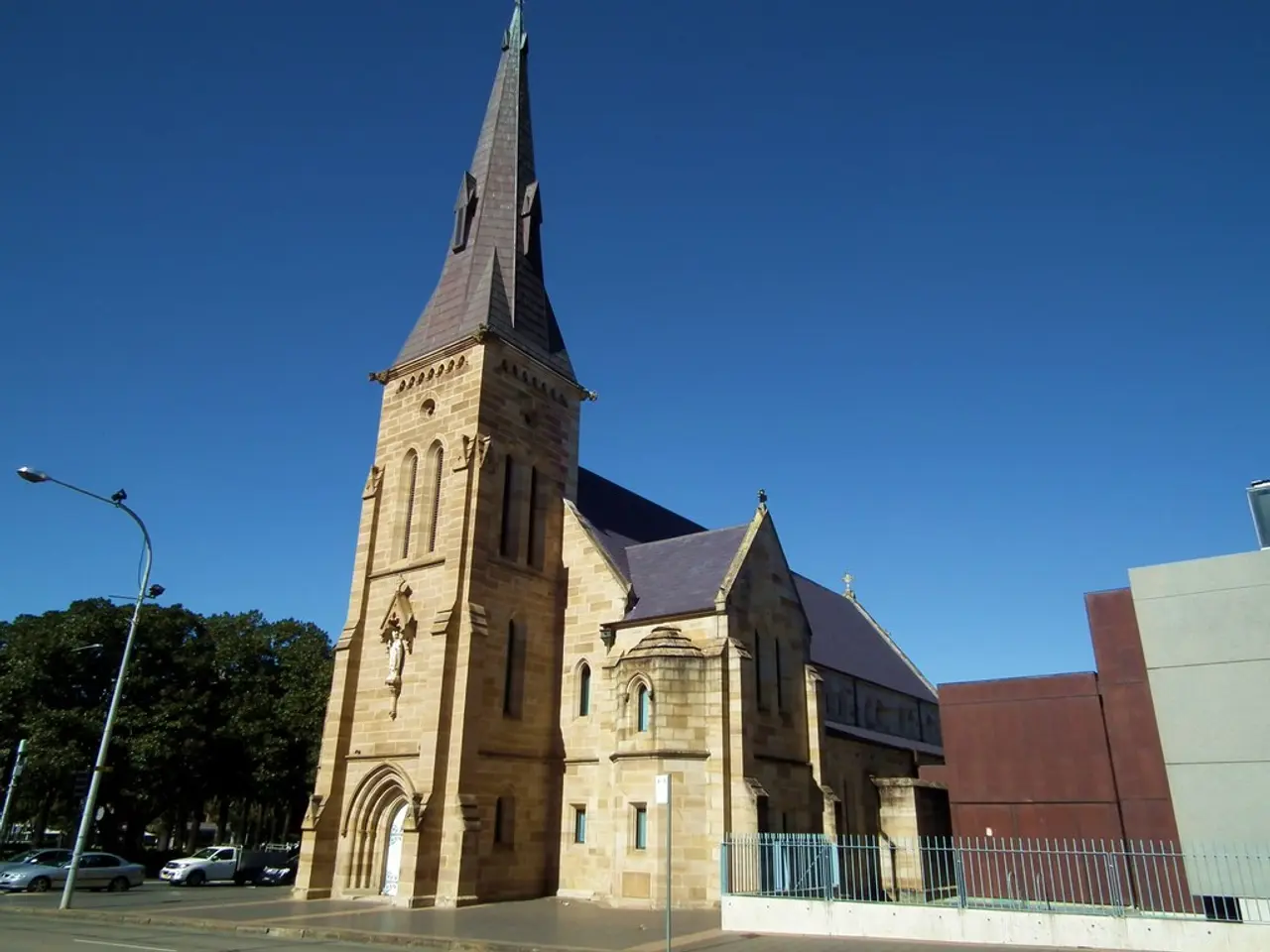Discovering the Unanticipated Aspects of Dresden, a Jewel on the Elbe River
In the heart of eastern Saxony, Dresden stands as a testament to resilience and innovation. Known for its rich cultural heritage and significant contributions to various industries, the city has captivated the world in many ways.
Dresden, birthplace of the German Expressionist art movement, saw the founding of Die Brücke in 1905 by a group of architecture students. The city's impact on art extends further, as it is also recognized as a former "capital of chocolate" in Germany, with milk chocolate reportedly being invented here in the 19th century, although the exact inventor and date remain undiscovered.
The city's historical significance in the development of milk chocolate is celebrated today through attractions like walking tours and chocolate museums that educate visitors on the history and craft of chocolate making.
Dresden's industrial prowess was evident during the GDR era, with the city serving as an electronics and manufacturing hub. This legacy continues today, with Dresden emerging as one of the most important hubs for semiconductor production in Europe. Chip manufacturers such as Global Foundries, TSMC, and Infineon have built plants in the city, as the demand for semiconductors grows with the boom in AI technology.
However, Dresden's history is not without tragedy. The city was heavily bombed by British and American forces in February 1945, resulting in an estimated 25,000 deaths and the decimation of much of the city, including its historic center. The Frauenkirche, a symbol of Dresden's rich history, collapsed during the bombing and was not reopened until 2005.
The rebuilding of Dresden's old town stalled after World War II and did not truly begin until after reunification in 1990. Much of the old town was rebuilt, with some parts being rebuilt as late as the 2000s.
Dresden is also associated with a darker chapter of its history. The city is the site of a notorious neo-Nazi rally held every February in commemoration of the bombing of the city during World War II. The city's political landscape is marked by right-wing politics, with nearly one-third of votes in its electoral district going to the far-right Alternative for Germany (AfD) party in recent federal elections.
Despite these challenges, Dresden continues to thrive. Its cultural heritage, innovative spirit, and picturesque surroundings, including the nearby Saxon Switzerland National Park, make it a city worth visiting. The Bastei Bridge, a stone bridge built in the mid-1800s across a dramatic rock formation in the park, is one of the most famous trails in the area.
From its role in the birth of the Expressionist art movement, the invention of milk chocolate, and its status as a semiconductor hub, Dresden continues to make its mark on the world. Its resilience and determination are evident in its continued growth and development.
[1] Milk Chocolate Invented in Dresden, Germany
[2] Dresden's Chocolate Heritage
[1] The city of Dresden, Germany, is celebrated for its historical contribution to the development of milk chocolate, a significance that is continually recognized through attractions like walking tours and chocolate museums.
[2] Beyond being a hub for semiconductor production and known for its role in the German Expressionist art movement, Dresden also has a rich heritage in home-and-garden, displaying its innovative spirit through the creation of milk chocolate and the numerous chocolate-focused attractions available to visitors.




